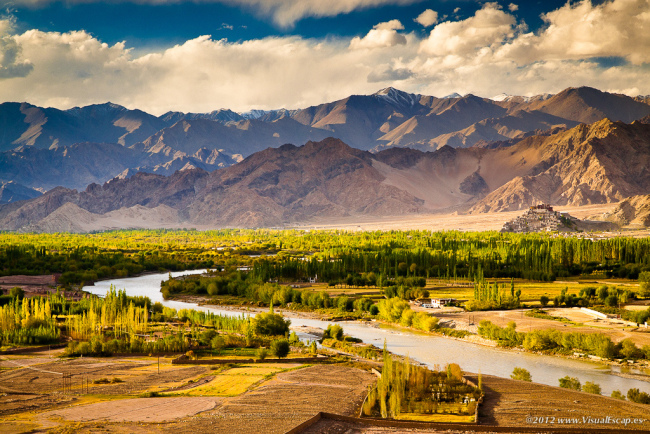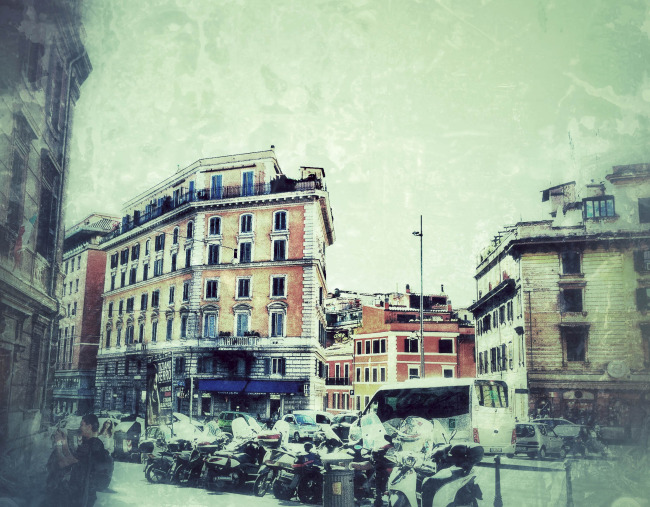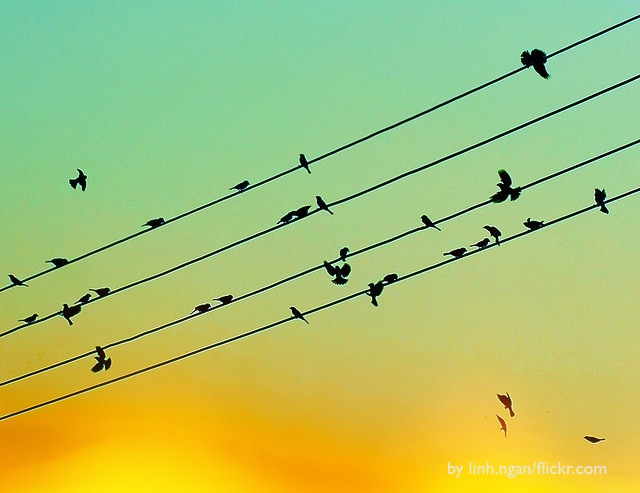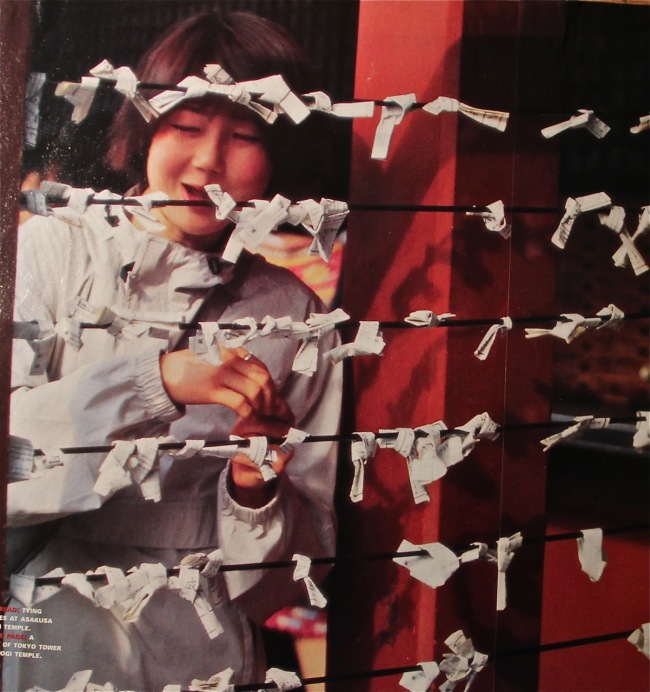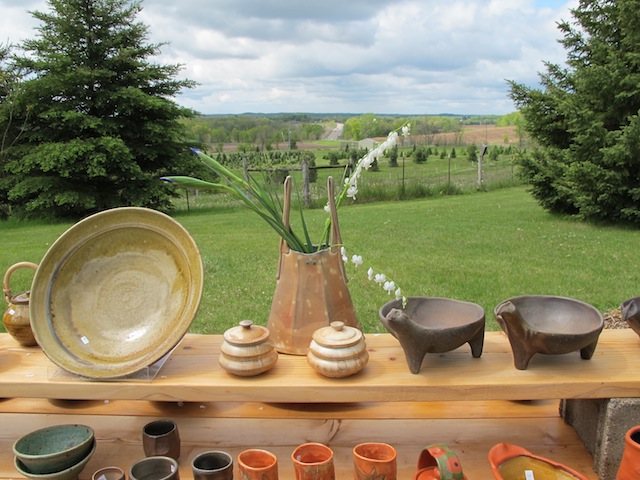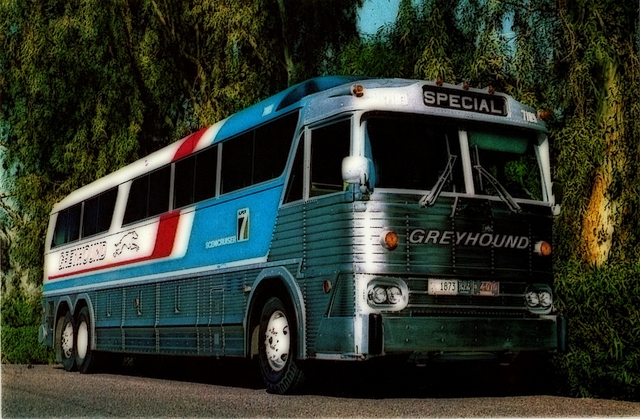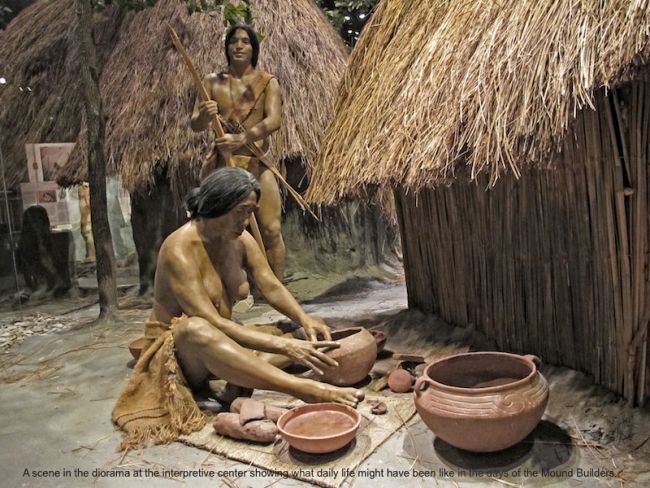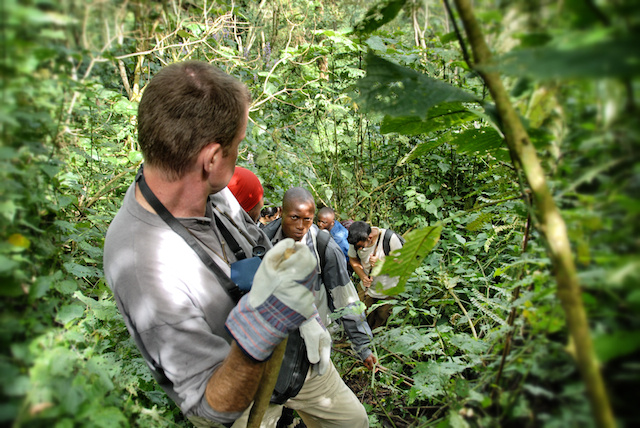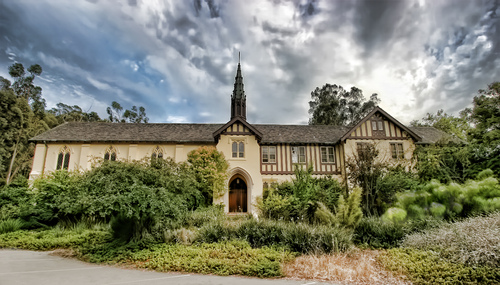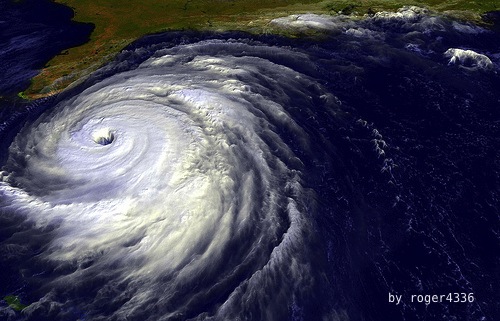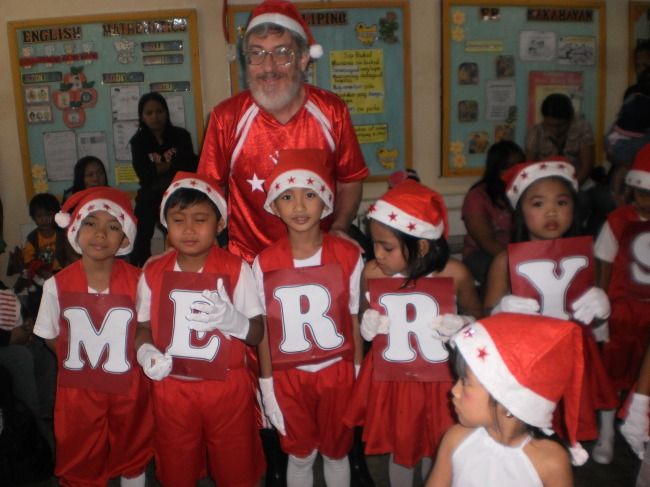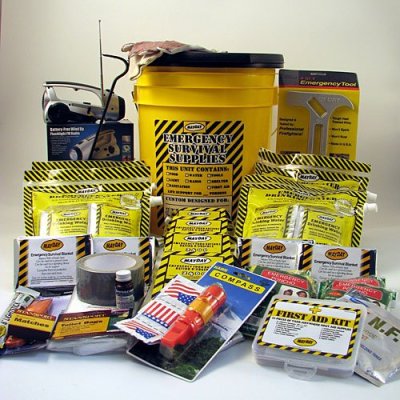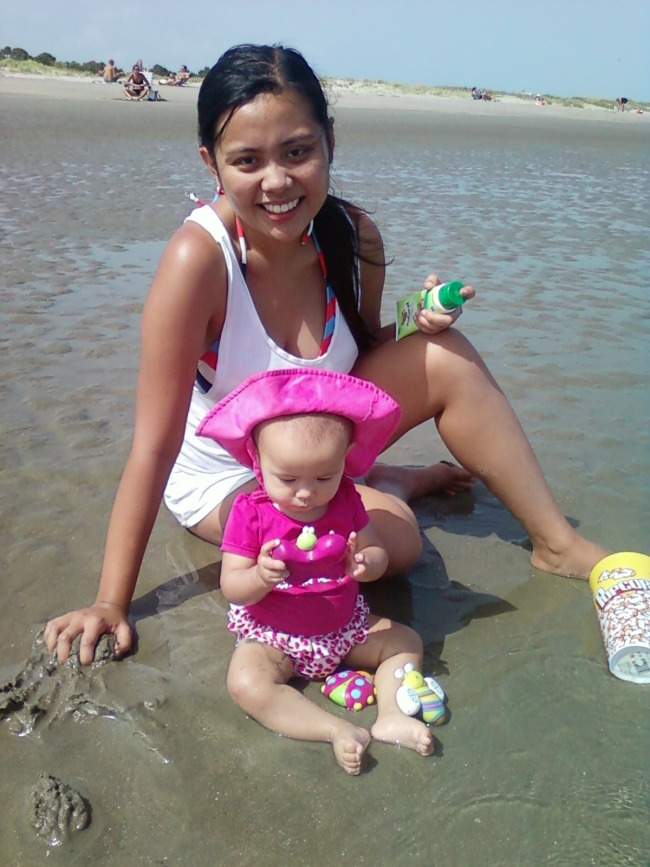by Ariel Bleth
In the darkening room, as dusk drew its graying curtains, there was enough light to see the dirt smudged on the aqua walls. The volunteer coordinator, Wongel, sat next to me and translated. We were on rugs thrown over thin mats, with small tables in front of our crossed legs to hold the tea that could not be refused even though we were not thirsty. My “adopted” mother, my Ama-le, seemed mostly concerned that we eat her hard biscuits and drink her sweet milk tea. My hand trembled slightly as I held the teacup and tried to look like someone she would be pleased to have in her home for a month, someone who could do the field work that she needed to have done. Wongel explained that she didn’t expect me to be able to do as much work as they did and that she wanted me to let her know if I had any problems at all. Silently I questioned how this would ever happen, given my half-day Ladakhi language workshop and her apparent lack of English. I realized that my few learned phrases, like “Jule, Kamzang-le” (hello, how are you?), wouldn’t go very far.
I went to Ladakh, a mountainous desert region nestled high in the Indian Himalayas, to live for a month with a family and help them farm, as well as to learn what I could about their traditional Buddhist culture and the forces that shape their relationship to one another and their environment. Our home had one main room, where we cooked, ate, and socialized. That first night, Ama-le squatted in the corner. There were bowls of flour and water on the floor before her, and plates of shelled peas, sliced potatoes and leafy greens. I took my same place on the mats, waiting for some indication from Ama-le as to what I should be doing. She mixed the flour and water, lightly kneading the dough while Nono-le (Ladakhi for young brother) shuffled around the room, his arms held straight out before him like a zombie. Three steps and he was down, crawling. Ama-le delighted in what appeared to be her grandson’s newly acquired skill of walking. Imitating him with a waddle and extended arms, she looked at me and laughed.

